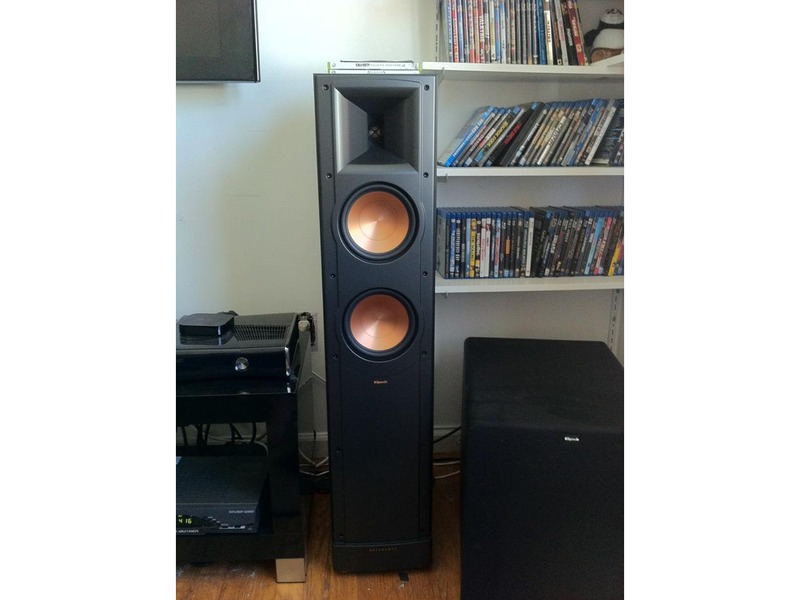

Sandage A., Tammann G.A.: in Large Scale Structures of the Universe, Cosmology and Fundamental Physics, ed. D., Janssen M., Keegstra P., Loewenstein K., Lubin P., Mather J.C., Tenorio L., Weiss R., Wilkinson D.T., Wright E.: ApJ 419, 1 (1993) L., Banday A., Boggess N.W., Cheng E.S., de Amici, G., Fixsen D.J., Hinshaw G., Jackson P.

Kogut A., Lineweaver C., Smoot G.F., Bennett C.
Milkys rf toem series#
Schlegel D.J., Finkbeiner D.P., Davis M.: ApJ 500, 525 (1998)Ĭardelli J.A., Clayton G.C., Mathis J.S: ApJ 345, 245 (1989)įairall A.P.: Large-Scale Structures in the Universe (Wiley Praxis Series in Astronomy and Astrophysics, Praxis Publishing, Chichester 1998) Vorontsov-Velyaminov B., Archipova V.: Morphological Catalog of Galaxies, Parts 2 to 5, (Moscow, Moscow University 1963-74)įouqué P., Paturel G.: A&A 150, 192 (1985) Lauberts A.: The ESO/Uppsala Survey of the ESO (B) (Atlas, ESO, Garching 1982) Nilson P.: Uppsala General Catalog of Galaxies, (Uppsala, University of Uppsala 1973) Shapley, H.: in Galaxies, (Cambridge: Harvard University Press, 1961) pp. XLIX, Part 1 (1888)ĭreyer J.L.E.: Index Catalogue of Nebulae found in the Years 1888 to 1894, with Notes and Corrections Mem.R.A.S. Herschel, revised, corrected and enlarged Mem.R.A.S. 16, 1 (1922)ĭreyer J.L.E.: A New General Catalogue of Nebulae and Clusters of Stars, being the catalogue of the late Sir John F.W. Herschel, J.: Philosophical Transactions (1864)Ĭharlier C.V.L.: Arkiv för Mat. Proctor, R.: The Universe of Stars, (Longmans, Green and Co. This process is experimental and the keywords may be updated as the learning algorithm improves. These keywords were added by machine and not by the authors. The recently unveiled massive rich cluster A3627 seems to constitute the previously unidentified core of the Great Attractor. Particular emphasis is given to discoveries in the Great Attractor region - a from streaming motions predicted huge overdensity centered behind the Galactic Plane. The newly unveiled large-scale structures are discussed and compared to predictions from theoretical reconstructions of the mass density field. I present the various observational multi-wavelength procedures (optical, far infrared, near infrared, radio and X-ray) that are currently being pursued to map the galaxy distribution behind our MilkyWay, including a discussion of the (different) limitations and selection effects of these (partly) complementary approaches. Only in recent years have astronomers developed the techniques to peer through the disk and uncover the galaxy distribution in the Zone of Avoidance. Our Galaxy is a natural barrier which constrains the studies of large-scale structures in the Universe, the peculiar motion of our Local Group of galaxies and other streaming motions (cosmic flows) which are important for understanding formation processes in the Early Universe and for cosmological models. They can be traced all over the sky, except where the dust within our own galaxy becomes too thick - leaving about 25% of the extragalactic sky unaccounted for. Galaxies are distributed in gigantic labyrinth formations, filaments and great walls with occasional dense clusters. Dust and stars in the plane of the Milky Way create a “Zone of Avoidance” in the extragalactic sky.


 0 kommentar(er)
0 kommentar(er)
